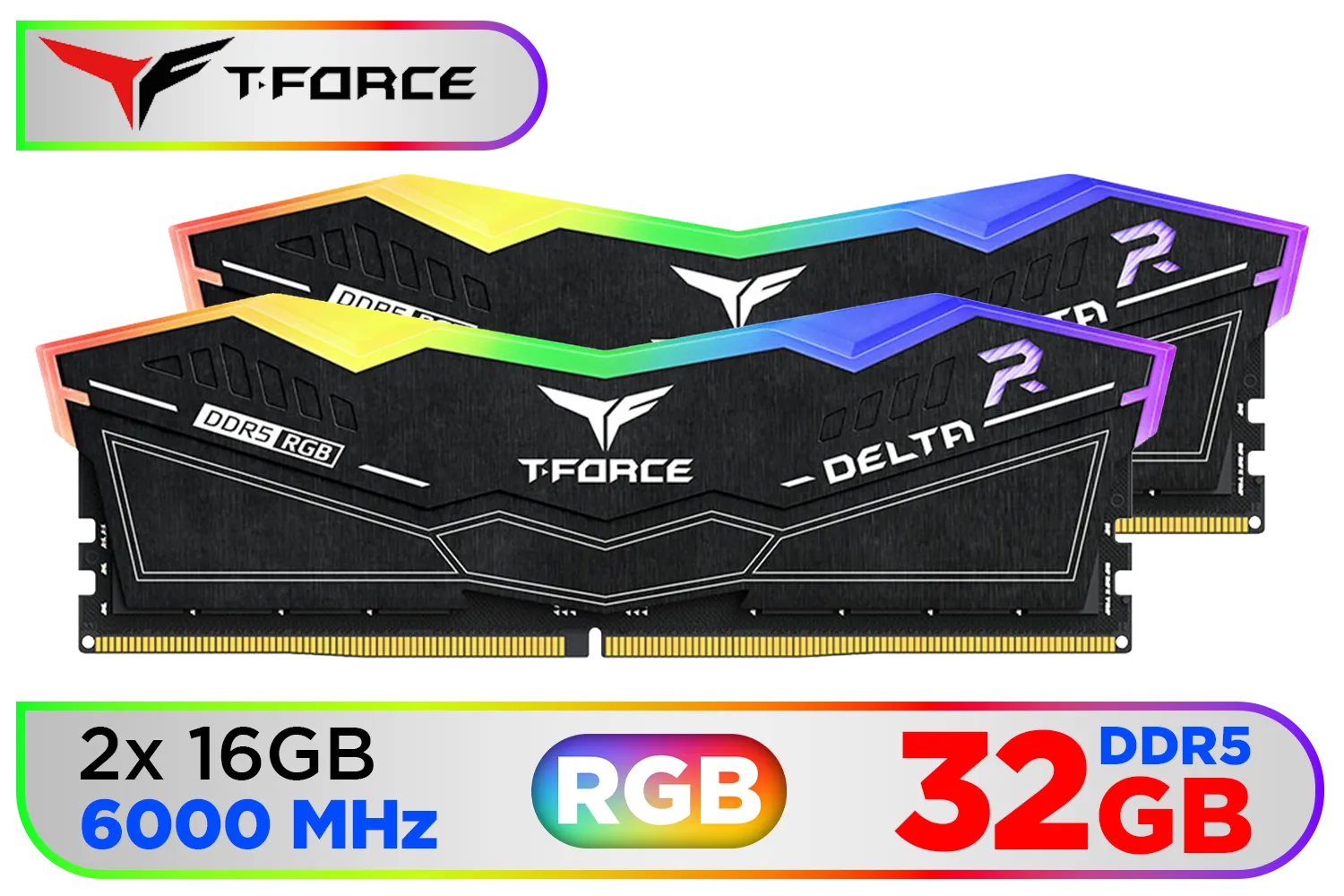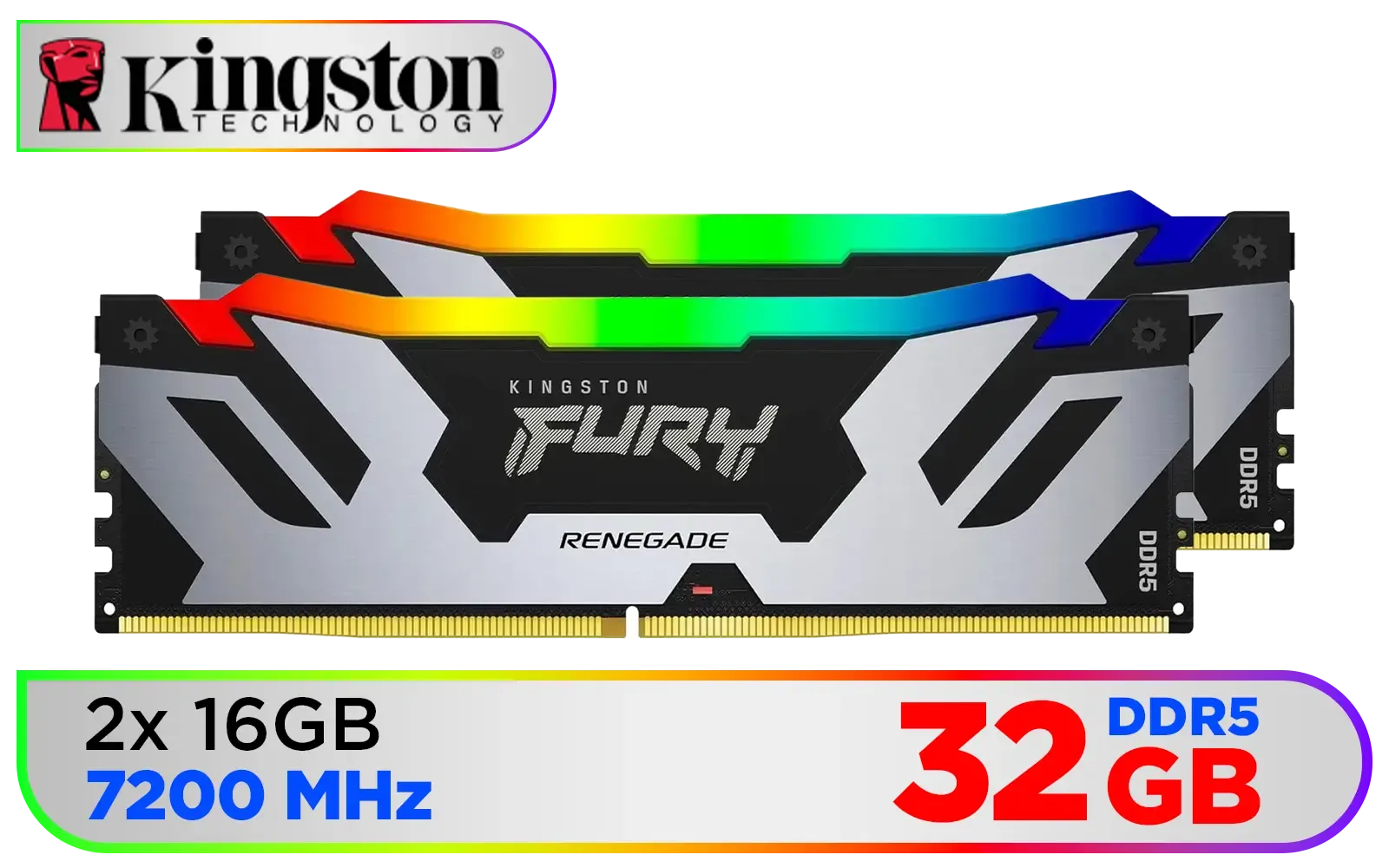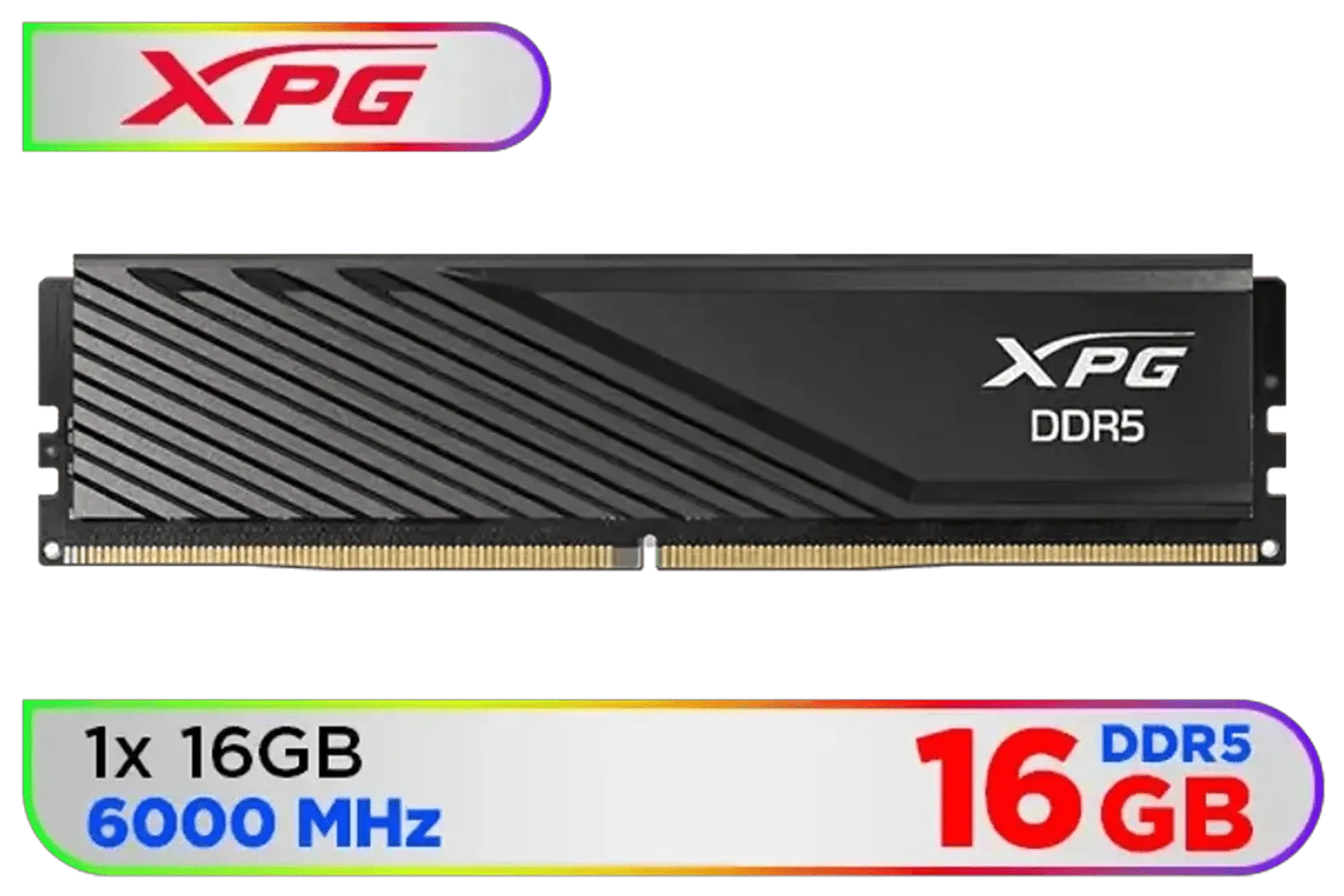
Boosting AI PC Performance with Memory Optimization
Optimize your AI development PC’s memory 🧠⚡ for faster machine learning workflows in South Africa. Learn RAM configurations, latency hacks, and hardware choices that accelerate your AI projects.
- Pick best DDR5 RAM for XMP 3.0; - Verify motherboard & CPU compatibility; - Balance speed vs latency; - Configure XMP 3.0 profiles and test ✅🔧 Best DDR5 RAM for XMP 3.0: concise 2025 guide to choose and optimize memory.

Hear that? It’s the sound of your frames dropping… again. In South Africa's competitive gaming scene, every millisecond counts. You’ve upgraded your GPU, your CPU is humming, but are you forgetting the unsung hero? DDR5 RAM, especially when paired with XMP 3.0, is your ticket to unlocking peak performance. This 2025 buyer's guide cuts through the noise to help you choose the best DDR5 RAM for XMP 3.0 for your rig. No more lag, just pure, unadulterated speed!






When you slot in new DDR5 memory, it doesn't automatically run at its advertised blazing speeds. That's where Intel's Extreme Memory Profile (XMP) comes in. Specifically, XMP 3.0 is designed for DDR5, allowing you to easily activate pre-tested, stable overclocking profiles directly through your motherboard's BIOS. Think of it as a perfectly tuned performance map for your RAM. Without XMP 3.0, your high-speed DDR5 might just loaf along at JEDEC standard speeds (often 4800MHz), leaving serious performance on the table.
Enabling XMP 3.0 can dramatically improve gaming frame rates, video rendering times, and overall system responsiveness. It ensures your CPU and GPU have the data they need, precisely when they need it, reducing bottlenecks. To truly see your system fly, pairing your compatible motherboard and CPU with quality DDR5 that supports XMP 3.0 is non-negotiable. Explore the full range of DDR5 memory kits available at Evetech to get started.
Choosing the right DDR5 speed is crucial. While "faster is better" generally holds, there's a sweet spot for performance and value. For most South African gamers and content creators in 2025, a DDR5 kit around 6000MHz to 6400MHz with tight timings offers an exceptional balance. This range provides significant gains over base DDR5 speeds without venturing into diminishing returns or extreme compatibility challenges.
However, if you're chasing every single frame, or running CPU-intensive applications, then opting for high-frequency DDR5 RAM for XMP 3.0 in the 7200MHz+ range can provide that extra edge. These ultra-fast kits, like the DDR5 7200MHz modules, demand a robust motherboard and CPU to fully harness their power, so ensure your system is up to the task. For a fantastic blend of performance and affordability, many find their perfect match with DDR5 6000MHz memory, a popular choice that consistently delivers.
Always consult your motherboard's Qualified Vendor List (QVL) before purchasing high-speed DDR5. It lists memory kits officially tested and validated to work, ensuring flawless XMP 3.0 compatibility and stability. Don't skip this step!


![[OEM] KLEVV 16GB (16GB x 1) 3200MHz DDR4 Desktop Memory / Reliable SK Hynix Chips / Performance Enhancing / Touch of Delicate Design / Compatible With all Mainstream Motherboards / KD4AGUA80-32N220E](https://img.evetech.co.za/repository/ProductImages/klevv-16gb-3200mhz-ddr4-desktop-memory-1500px-v1.webp)



When investing in the best DDR5 RAM for XMP 3.0, brand reputation isn't just about bragging rights; it's about reliability, quality control, and customer support. Established brands consistently deliver modules that perform as advertised and handle the rigours of XMP 3.0 overclocking. They invest heavily in R&D to push performance boundaries while maintaining stability.
Take Kingston, for instance. Their Fury Beast and Renegade lines are staples in high-performance builds, renowned for their robust engineering and wide compatibility. Many gamers swear by Kingston DDR5 RAM for its unwavering performance. Similarly, ADATA, with its XPG series, offers competitive speeds and sleek designs, often with attractive pricing, making ADATA DDR5 RAM a popular choice for budget-conscious performance seekers. Choosing a reputable brand safeguards your investment and ensures peace of mind.
While MHz numbers grab headlines, don't overlook CAS Latency (CL). This timing indicates the delay between the memory controller requesting data and the data being available. Lower CL numbers are better. A 6000MHz CL30 kit will often outperform a 6400MHz CL38 kit in real-world scenarios due to its quicker response time. When comparing two kits, look at the ratio of speed to latency for a clearer picture of efficiency.






Capacity is another key factor. For gaming, 16GB (2x8GB) is still a solid baseline, but 32GB (2x16GB) is rapidly becoming the recommended standard for future-proofing and smoother multitasking, especially with heavier games and background applications. For content creation, streaming, or professional workloads, 64GB (2x32GB) or even 128GB might be necessary. Finally, for those who love a bit of flair in their build, RGB lighting on your DDR5 modules can add a vibrant aesthetic, synchronising with other components for a truly personalised setup.
Upgrade Your Rig Today! Don't let slow memory hold back your PC's potential. Unlock superior performance and future-proof your setup with the best DDR5 RAM for XMP 3.0 from Evetech. Shop now at Evetech for performance that leaves lag in the dust.
XMP 3.0 is Intel's memory profile standard for DDR5 that simplifies enabling rated speeds, timings and safe overclocks on compatible motherboards.
Match your CPU and motherboard supported limits, prioritise stable CAS and real-world benchmarks over headline MHz for best performance.
No. Look for XMP 3.0 compatible DDR5 kits on spec sheets and vendor pages to ensure profile support on your motherboard.
Enabling XMP 3.0 uses vendor-tested profiles; it rarely voids warranty but avoid manual extremes and follow manufacturer guidance.
Top 2025 picks balance speed, low CAS, and proven XMP 3.0 support; check our guide’s recommended module list for tested kits.
Run memory stress tools, real-world workloads and simple benchmarks; if unstable, try relaxed timings or lower frequency as needed.
Gamers often benefit from balanced mid-high MHz with low CAS; test both, since DDR5 speed vs latency tradeoffs vary by game and CPU.